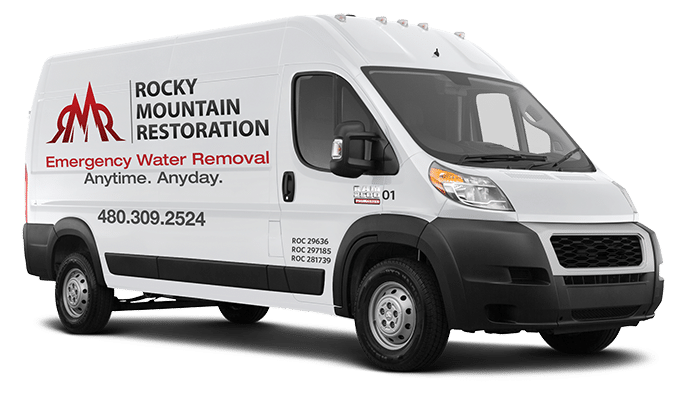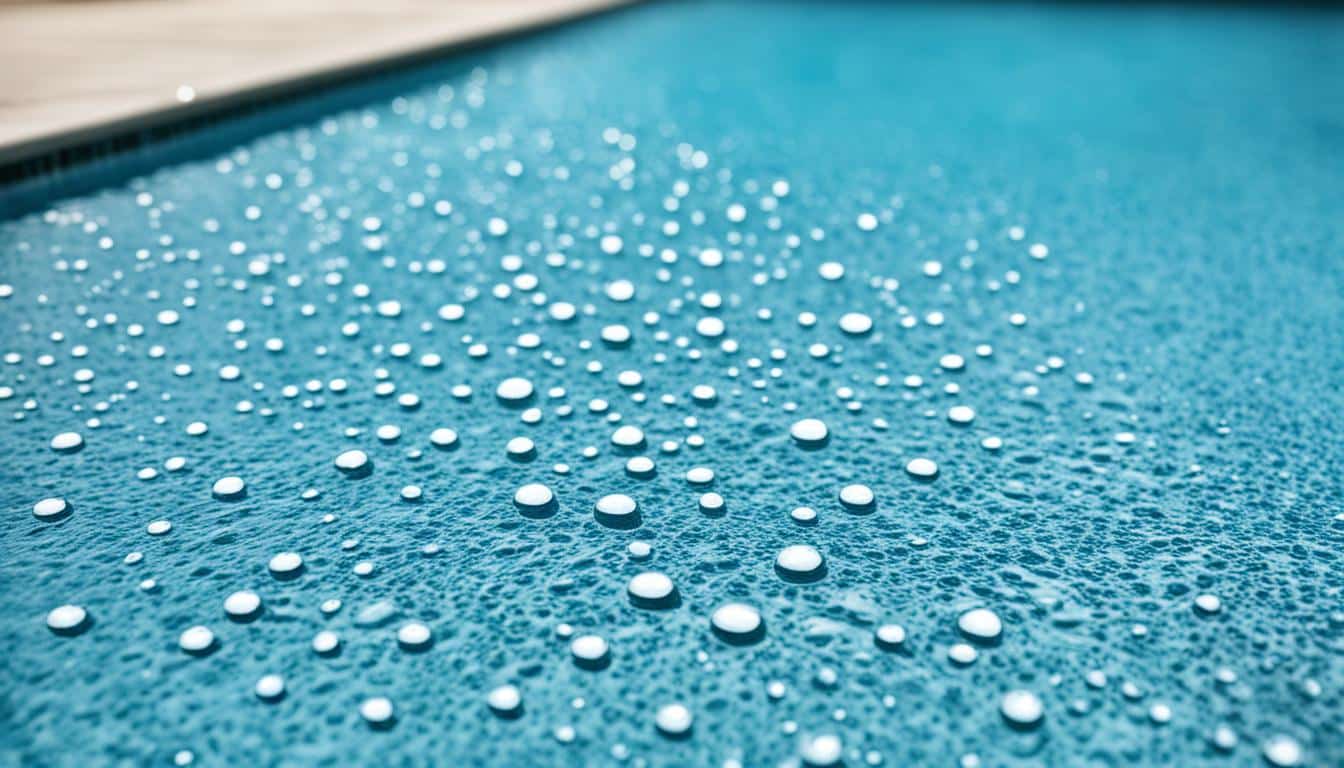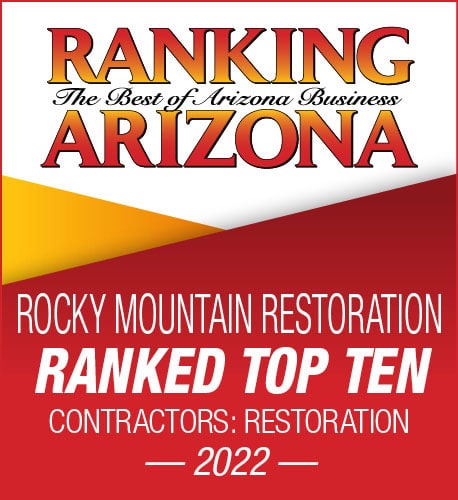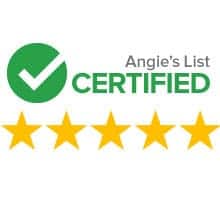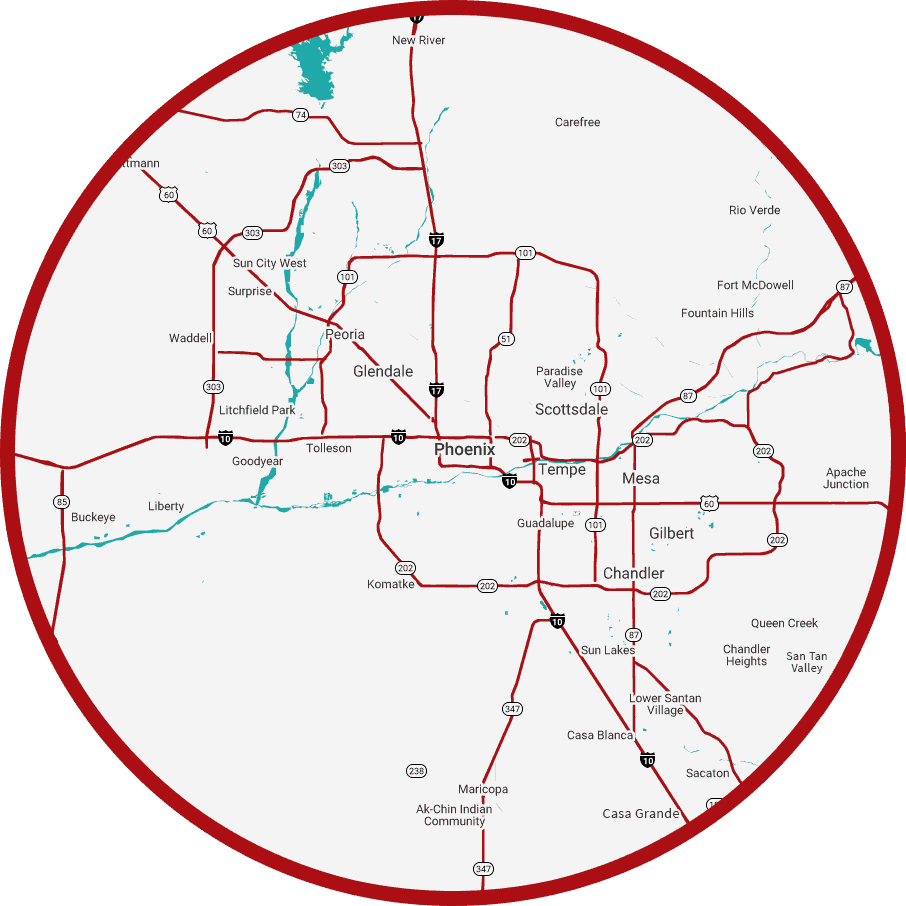Water remediation is a crucial process that involves cleaning, sanitizing, and restoring materials damaged by water. Whether it’s due to a plumbing issue or natural disaster, water damage can wreak havoc on properties, leading to structural damage and health risks.
Acting quickly is essential in water remediation to prevent further damage and the growth of mold and bacteria. This process includes identifying and stopping the water source, removing standing water through extraction, thoroughly drying affected areas, cleaning and sanitizing surfaces, and finally, restoring the property.
Water damage is classified into different categories and classes, which determine the level of contamination and the extent of damage. To ensure a safe and effective restoration process, it’s important to hire professionals with the right equipment and expertise for water remediation.
Key Takeaways:
- Water remediation involves cleaning, sanitizing, and restoring materials damaged by water.
- Acting quickly is crucial in water remediation to prevent further damage and mold growth.
- Water damage is classified into categories and classes, determining the level of contamination and damage.
- Professional help is necessary for safe and effective water remediation.
- Working with experts ensures a successful restoration process and the return of the property to its pre-damage condition.
Understanding the Urgency of Water Remediation
When it comes to water damage, time is of the essence. Acting quickly and addressing the issue promptly is crucial to prevent further damage and minimize the impact on your property. The urgency of water remediation cannot be understated, as delaying the process can lead to devastating consequences.
One of the primary reasons for the urgency of water remediation is the potential for structural damage. Water can weaken the integrity of building materials, causing walls and ceilings to collapse if left untreated for an extended period. By taking timely action, you can prevent these structural issues and preserve the stability of your property.
Another significant concern is the potential health risks associated with water damage. When water is left standing, it creates the perfect breeding ground for mold, bacteria, and pests. Mold and mildew can start growing within 24 to 48 hours, releasing spores that can spread through the air and trigger respiratory problems and allergies. By addressing the water damage promptly, you can mitigate these health risks and ensure a safe living environment.
Preventing further damage is a key objective in water remediation. By stopping the source of water and removing the standing water, you can limit the extent of the damage. Quick action can help salvage belongings, minimize the need for extensive repairs, and reduce the overall cost of restoration.
Ultimately, understanding the urgency of water remediation and the importance of timely action is crucial in protecting your property and the well-being of its occupants. By addressing water damage promptly, you can prevent structural issues, minimize health risks, and prevent further damage. To ensure a successful water remediation process, it is advisable to seek professional assistance from experts in the field.
Identifying the Types and Classes of Water Damage
Water damage can result from various sources, each requiring specific remediation approaches. Understanding the types of water damage is essential in determining the appropriate course of action. Here, we will explore different types of water damage, classes of water damage, and water contamination categories.
- Natural Disasters: Natural disasters such as floods, hurricanes, or heavy rainstorms can lead to extensive water damage. These events often result in high volumes of water entering a property, affecting multiple areas and causing significant destruction.
- Plumbing Issues: Plumbing-related problems like leaks, burst pipes, or overflowing toilets can cause water damage. These incidents typically impact specific areas within a property, such as a single room or section of a building.
- Appliance Malfunctions: Faulty appliances, such as malfunctioning washing machines, dishwashers, or water heaters, can release large quantities of water, leading to localized water damage.
- Roof Leaks: Roof leaks are common causes of water damage. When roofs develop leaks, water can seep through ceilings and walls, affecting various areas of a structure.
- Sewage Backups: Sewage backups pose significant health hazards and require immediate remediation. These events involve contaminated water entering a property, necessitating specialized cleaning procedures.
Water damage is further categorized into different classes based on the extent and severity of the damage:
- Class 1: Class 1 water damage involves minimal damage and affects only a small area. It typically does not pose a significant threat and is relatively easy to remediate.
- Class 2: Class 2 water damage affects a larger area, extending beyond the initial source of the damage. It often requires a more involved remediation process due to increased saturation and potential secondary damage.
- Class 3: Class 3 water damage refers to extensive saturation of walls, ceilings, and floors. The water may have come from overhead sources, such as burst pipes or roof leaks, and requires thorough drying and restoration.
- Class 4: Class 4 water damage involves deep saturation and requires specialized drying techniques. This class typically applies to materials with low permeance, such as hardwood floors or concrete, and demands advanced equipment and expertise for effective water remediation.
Water damage is also categorized into different levels of contamination, known as water contamination categories, which determine the necessary safety precautions during remediation:
- Category 1: Category 1 water is considered clean water that does not pose significant health risks. It originates from sanitary sources, such as broken water supply lines or tub overflows.
- Category 2: Category 2 water, also known as gray water, contains substantial levels of chemical, biological, or physical contaminants. This water may come from sources like washing machine leaks or dishwasher overflows and requires appropriate precautions during remediation.
- Category 3: Category 3 water, also referred to as black water, is highly contaminated and poses severe health risks. This water contains pathogens, toxins, and other hazardous substances and often originates from sewage backups or flooding. Professional expertise and specialized protective measures are crucial when dealing with category 3 water damage.
By understanding the types and classes of water damage, as well as the contamination categories, water remediation professionals can employ targeted strategies to restore properties effectively and minimize the impact of water damage.
Commencing the Remediation Process: Water Extraction
Water extraction plays a critical role in the water remediation process. It involves the removal of standing water using specialized equipment such as pumps and vacuums. This step is essential for preventing further damage and creating a favorable environment for the remediation process to succeed.
The method of water extraction employed depends on the level of water damage. Different materials, such as drywall and carpet, have varying degrees of water absorption, which can lead to mold growth if not properly addressed. In some instances, these materials may need to be replaced to ensure the complete removal of excess moisture.
Furthermore, smaller items that have been affected by water can be pressed or dried in specialized machines to remove any remaining moisture. Proper water extraction sets the foundation for a successful remediation process by significantly reducing drying time and preventing the growth of mold and mildew.
The Importance of Thorough Drying and Dehumidification
After water extraction, thorough drying and dehumidification are crucial steps in the water remediation process. Drying involves using air movers and dehumidifiers to remove moisture from materials and ensure they are restored to their pre-damage condition. By eliminating excess moisture, the drying process prevents the growth of mold and mildew, which can thrive in damp environments and pose significant health risks.
Professional water remediation experts employ various techniques to facilitate effective drying. They strategically position air movers to promote airflow and accelerate the evaporation of moisture. Additionally, dehumidifiers are used to remove excess humidity from the air, further enhancing the drying process.
Adequate drying and dehumidification are crucial in preventing further damage to the property. If moisture is left behind, it can seep into building materials, causing structural issues and compromising the integrity of the property. By thoroughly drying the affected areas, professional water remediation teams can ensure that the property is restored safely and effectively.
To enhance the drying process, water remediation experts may also utilize additional techniques such as opening windows and doors to increase air circulation. This promotes natural ventilation, expediting the evaporation of moisture and aiding in the overall drying process.
To summarize, the combination of proper drying and dehumidification is vital in preventing mold growth, minimizing damage, and ensuring a successful water remediation process. By promptly and effectively removing moisture from the affected areas, professional water remediation experts can mitigate the risk of further complications and restore the property to its pre-damage condition.
Cleaning and Sanitizing the Affected Areas
Cleaning and sanitizing the affected areas is a vital step in the water remediation process. It involves the use of disinfectants and antimicrobial treatments to remove harmful bacteria and prevent the growth of mold and germs. This step is crucial in creating a safe and sanitary environment before proceeding with the restoration process.
Professional water remediation experts may use specialized equipment such as air scrubbers to clean and sanitize the air, ensuring that all surfaces and materials are thoroughly treated to prevent any further contamination.
Final Restoration: Returning Properties to Pre-damage Conditions
The restoration process is the final step in water remediation, where damaged areas are repaired and reconstructed to bring the property back to its pre-damage condition. Depending on the type of item or material that has been affected, different restoration methods will be employed. For instance, specialty rugs may require a unique restoration process compared to electronics or wooden furniture. The primary goal is to ensure that all items are returned to their pre-loss state, restoring the property both functionally and aesthetically.
During the restoration process, damaged areas are carefully assessed, and appropriate repair and reconstruction techniques are employed to address each specific issue. This may involve replacing damaged materials, repairing structural components, or refinishing surfaces. Professionals skilled in property restoration utilize their expertise to ensure that the final outcome matches the property’s original condition as closely as possible.
Repair and reconstruction extend beyond structural elements. It also encompasses the restoration of personal belongings affected by water damage. Furniture, appliances, electronics, and other items are evaluated for repairability or replacement. The restoration team works closely with the property owner to determine the best course of action for each item, aiming to achieve maximum restoration while considering factors such as cost-effectiveness and sentimental value.
Property restoration is not just about fixing physical damage. It also involves addressing any lingering issues that may result from water damage, such as mold or mildew growth. Once the structural and personal belongings are restored, thorough cleaning and sanitization are conducted to ensure a safe and healthy environment for the occupants.
The restoration process is a collaborative effort between the water remediation professionals and the property owner. Clear communication and regular updates are vital throughout the process to ensure that all expectations are met. By adhering to industry standards and utilizing advanced techniques and materials, property restoration experts can successfully return properties to their pre-damage conditions, bringing peace of mind to property owners.
Conclusion
Water damage can be a significant challenge for homeowners, but with prompt and effective water remediation, the damage can be mitigated, and the property can be restored. Acting quickly is crucial in preventing further damage and ensuring the safety of occupants. Professional water remediation experts have the knowledge, experience, and equipment to carry out the necessary steps, from water extraction to thorough drying, cleaning, and restoration.
By taking timely action and enlisting the help of professionals, homeowners can minimize the impact of water damage. With their expertise, professionals can identify and stop the water source, remove standing water, thoroughly dry the affected areas, and sanitize the surfaces to prevent the growth of mold, bacteria, and germs.
It is important to follow the proper remediation process to ensure that the property is returned to its pre-damage condition. Homeowners can trust professionals to restore their properties efficiently and effectively. Remember, when it comes to water damage, time is of the essence. Take immediate action and seek professional help to remediate the water damage and safeguard your property.
